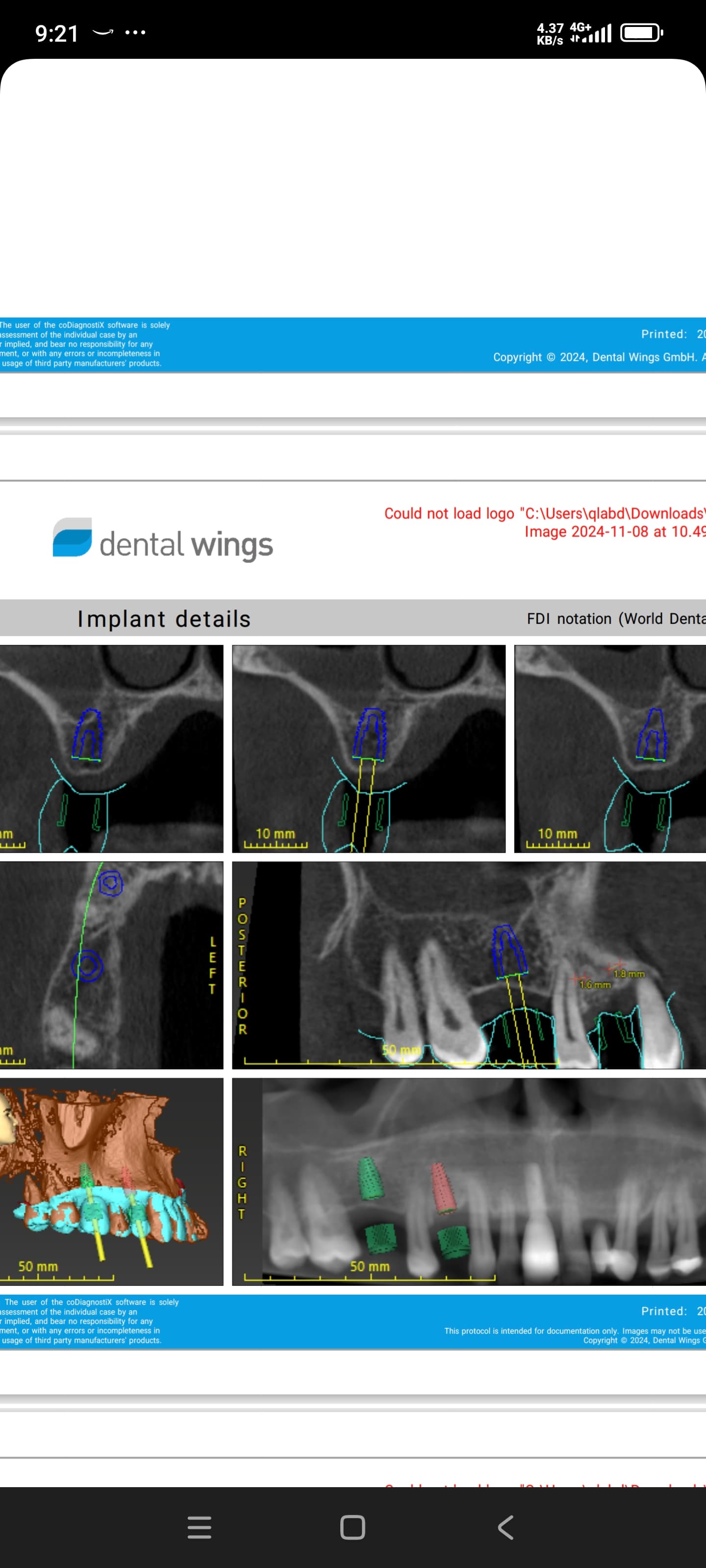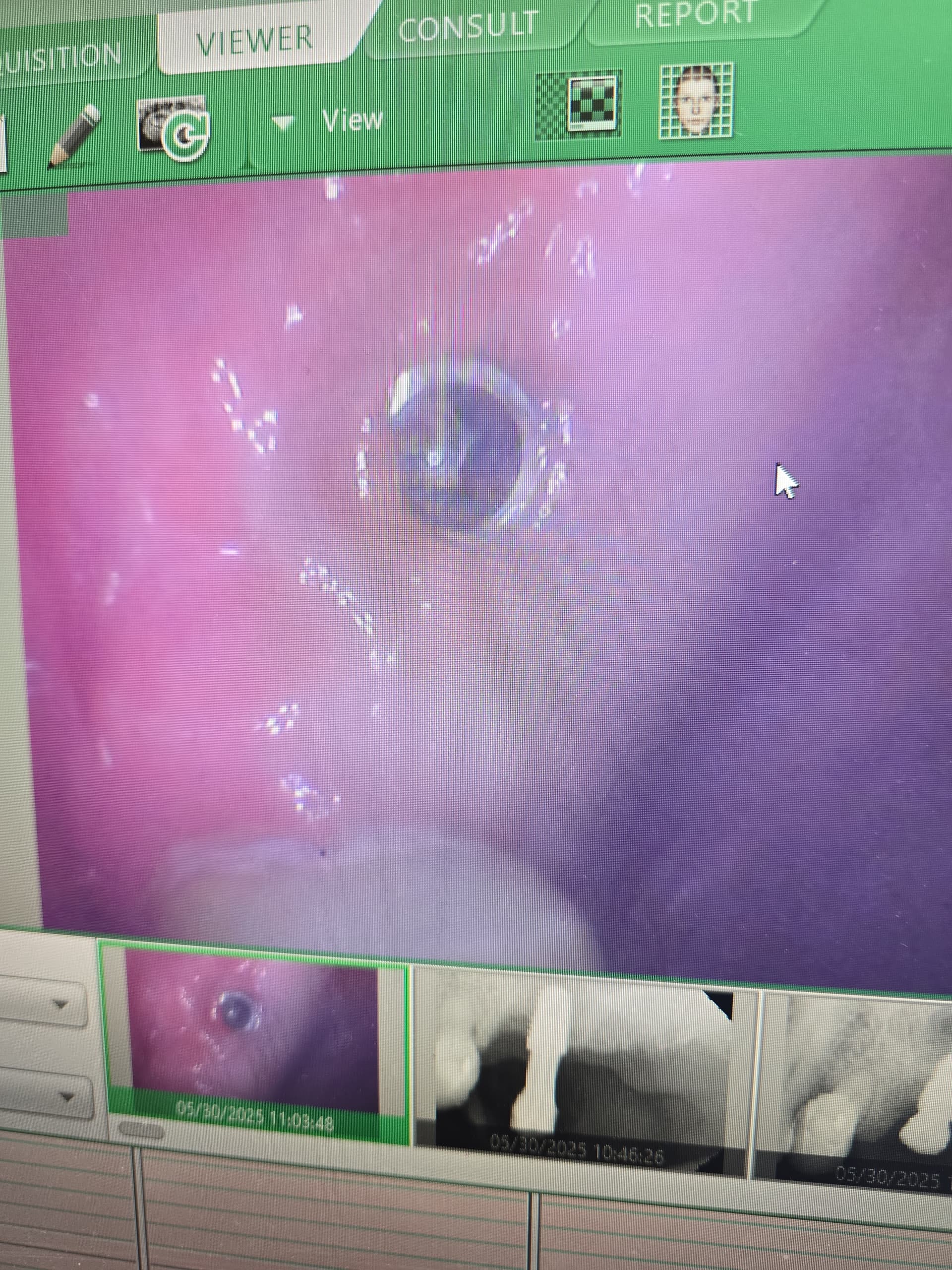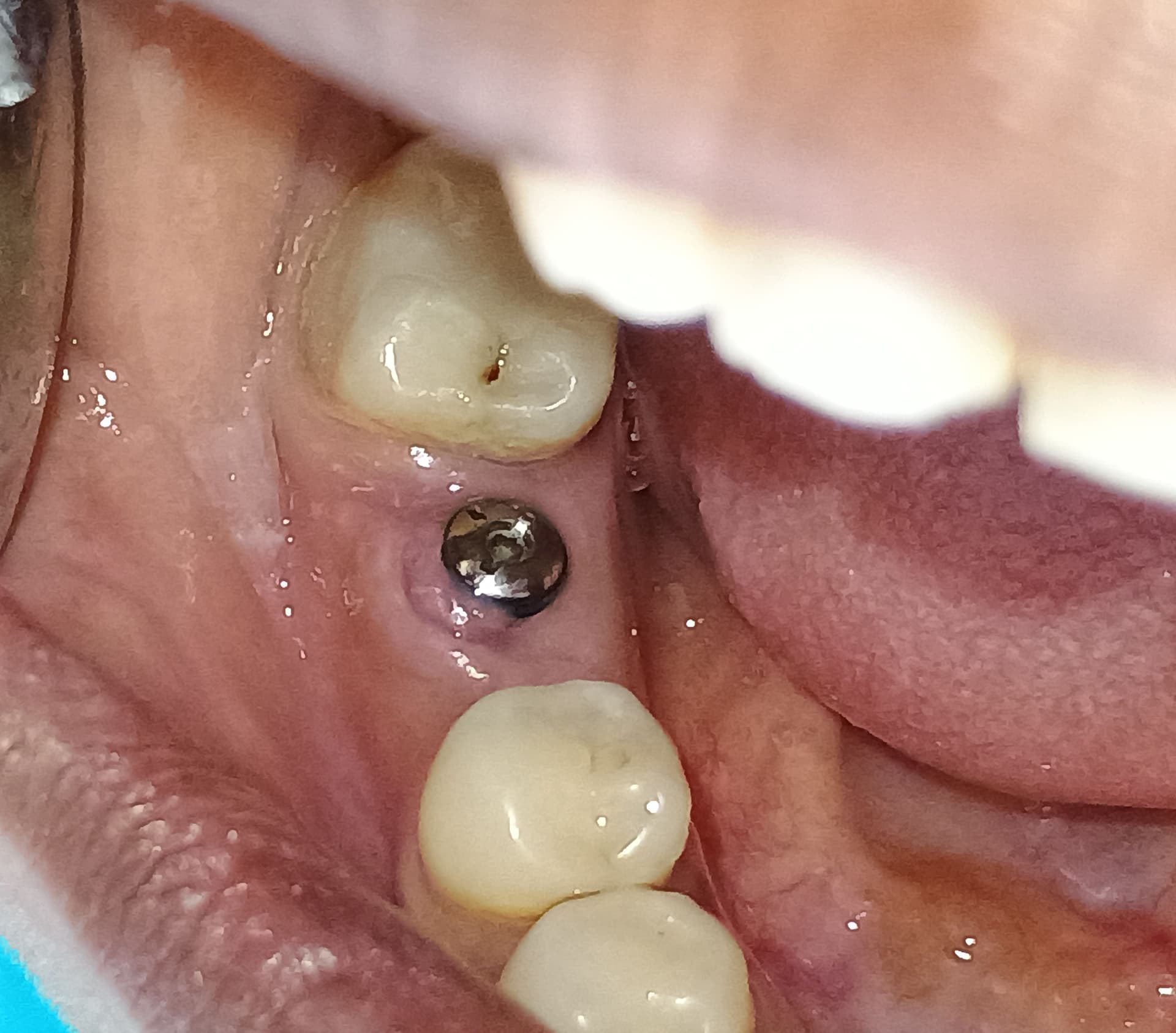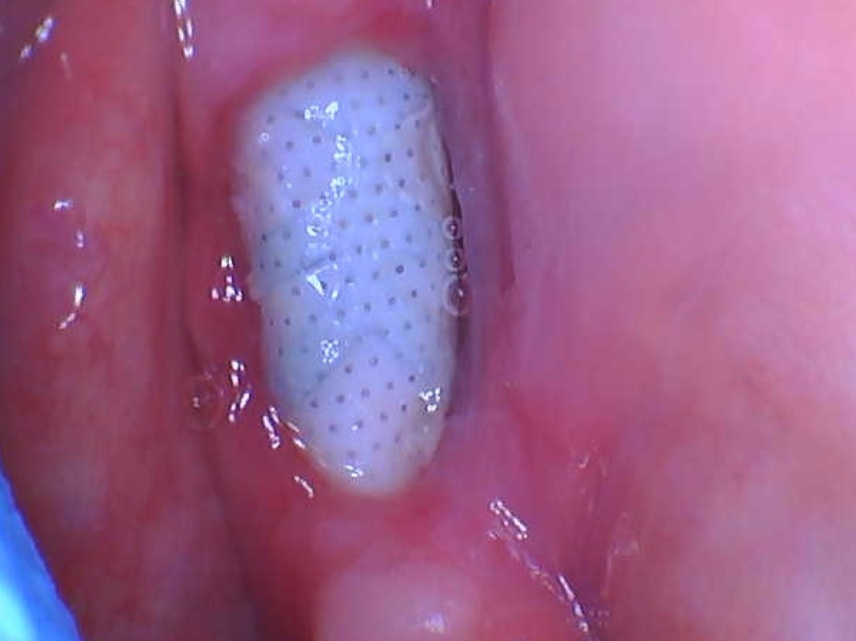A short implant would be fine here, but the length of the fixture will depend on the design. Assuming it is 7 mm to the floor, then for internal hex, trilobe, etc, without significant platform switching, you can place an 8 mm fixture and place it flush with the crest. If you are using a platform that is significantly platform shifted, such as Aastra, Bicon, HiOssen, etc, then you must place it subcrestally, and use a 7 mm fixture. In regards to using a crestal approach kit, I own one (donated by a company to me), and while it is useful, it takes too long and it is too expensive for the occasional user (about $2500). Below are the techniques that I use to do small to large, crestal approach sinus lifts. Using the Summers technique, or using the implant as the infracture device, you can safely get 2 mm of "lift." Using a kit, the the technique I describe below, I have achieved lifts of over 10 mm, while paying less than $50 for the equipment.
1) expose bone
2) drill up to 2 mm diameter just until you feel resistance at the sinus floor
3) undersize your drills; for 3.75 mm diameter fixture use a 3.25 drill, AND do not drill to full depth! Drill about halfway to 2/3 down.
4) place fixture; if the first thread will not bite, then use the next drill up, but only through the cortical plate; advancing your fixture when the apical portion in tightly in the bone, will AUTOMATICALLY infracture the floor to the distance you need, so long as it is not more than a couple mm.
5) If you want to attempt an internal lift, then use a 2 mm diameter osteotome, with a screw adjustment and blunt or rounded tip; once the drill has hit the floor of the sinus, place the osteotome into the osteotomy and advance the screw stop until it is in contact with bone.
6) Remove the osteotome and measure the length, then ADD 1 mm to it.
7) Attempt to advance the osteotome to the new full length (if the depth to the floor was 7 mm, then the osteotome will be pushed to 8 mm); if it goes to full depth, add another mm to the length and try it in again, if it meets significant resistance, then push it in to the new depth, and check again; if it doesn't meet resistance, stop and perform valsalva maneuver to ensure integrity of Schneiderian membrane.
7a) If osteotome will not advance despite heavy force, then, use mallet to gently tap the osteotome to depth, and repeat steps above.
7b) Alternatively, and for patients who will not tolerate malleting, use a #6 or #8 round diamond bur on your latch implant handpiece; with 2 hands, erode the floor of the sinus by 0.5 to 1 mm; perform checks mentioned above; repeat until a DROP is felt or osteotome can be advanced 1 mm without resistance; this is technique sensitive without the use of stoppers for the drill; if valsalva maneuver reveals perforation, place collagen tape into osteotomy and suture to primary closure; reenter in 6-8 weeks, but it is much easier then, due to incomplete bone healing.
8) Place any graft material into the osteotomy with an amalgam plugger, and push the osteotome to depth. Repeat until desired height is achieved radiographically (PA), or you feel it is high enough from experience.
9) Perform undersized final osteotomy.
10) Place implant; suture
Having said all of the above, perforating through the floor should not be a big problem, so long as you don't try to place an implant such that half of it is hanging out in midair. While there isn't any strict contraindication to such, as long as you avoid creating mucus traps within the sinus, it is poor form. Perforations of up to 3 mm on dogs seem to be fine in the literature, and in the private practices of most clinicians I know. However, beware of smokers, and make sure the all perfs are on a potent antibiotic, as well as, sinus protocol.
God bless your journey as a skilled clinician.














